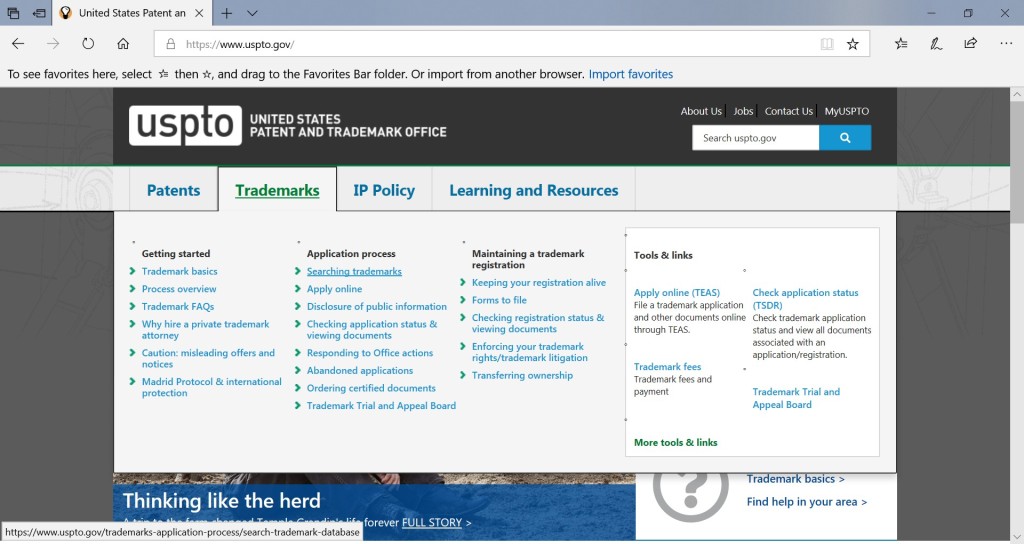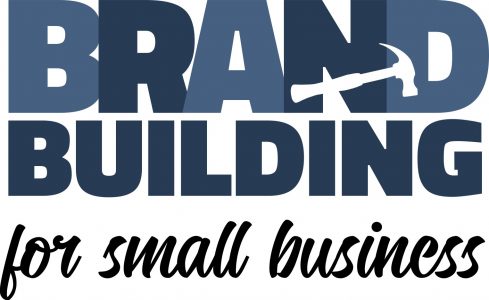Picking a name is the easiest task you face when starting a new business and developing your brand, right?
Wrong!!
While you might expect this step to be a “no brainer,” the path to success is fraught with countless obstacles standing in your way – a lack of creativity being the least of your worries.
During our years in the corporate world, Carole and I had numerous opportunities to name companies and products . . . and over time were asked to use a variety of strategies from the hire of a highly paid consultant to a company-wide naming contest. When you have 500 employees allowed to make multiple submissions, you quickly get a pool of 2,500 alternatives to choose among. So, you’d assume that at least one of those entrants would be a winner. Sadly, such was not our experience.
Ultimately, we have learned to keep the task as simple as possible AND to avoid the confusion caused by tooooo many opinions. Since we recently went through such an exercise in naming our blog, I will offer this very fresh example to illustrate some of the hard-earned lessons (AND SHORTCUTS) we have learned.
Aside: BTW, do you like the name? (We’d love to hear from you.)
Three Criteria that Must Be Met
- Be memorable and preferably short. (Some people, including me, believe the best names reflect the content or value of the product or service in a self-explanatory way.)
- Be available. (Sound too basic to list? After playing this game a few times, you’ll be shocked at the number of names already taken – especially the good ones!) When another party has already planted their intellectual-properties stake in the ground by starting the registration process, might as well give up and turn your attention elsewhere.
- Has an accompanying Internet domain name/address that’s easy to use and even easier to remember.
While a number of other matters certainly need to be considered in picking a name (reproducibility, color, flexibility in size, etc., etc., etc. – including the visual potential of the words chosen in developing a logo and other supporting materials), these items will more appropriately be discussed in Parts 2 and 3 of Branding Basics, which address logo design and the creation of a style sheet.
Brainstorming (Developing an Initial Pool of Names)
With these three criteria providing a VERY basic framework for the process, Carole and I gave ourselves the assignment of each coming up with five suggested names. To get started on my end . . . I wrote down EVERY name imaginable – good/bad/indifferent – ranging from such selections as “Spread the Word” to “Communicate – A Practical Guide.” When developing this first list, you need to force yourself to be uninhibited and must be willing to be “Dumb” because that’s all part of the process. However, you and your team usually get a few good laughs in return.
Next, I narrowed my list down to the required five and sent them off to Carole. She did likewise, and we voted on our favorites. One name that didn’t make the cut was “Brand Building . . . to Help Sell DIY.” While neither of us selected that option, Carole said, “What about just Brand Building?”
Liking the short version and both of us being suckers for alliteration, we decided to take that option through the next steps.
Domain Name/Internet Address
Sooooo . . . we had a candidate, but would we be able to secure a name that would help us transact business?
To check, go to a site like www.godaddy.com. Upon searching the availability of our name, we learned that www.brandbuilding.com was not available . . . but we also saw that the name could be purchased for $19,000!
To us, that meant we were on the right track – the name was popular enough to command a steep price (a good sign). However, unwilling (or psychologically incapable) of investing that much money, we began considering different variations and ultimately landed on “Brand Building for Small Business.” Since we had already determined that we’d use WordPress to host our blog, we did spend the very reasonable amount of money to secure that platform.
Is our chosen name perfect? Being a little longer than the ideal, probably not. However, we believe the strengths outweigh the weaknesses. In our experience, many perfectly acceptable product and/or company names can’t be used because a reasonable accompanying Internet name/address is not available. We think our choice passes a number of key tests.
However, one avenue that can always be considered is a unique but generic name that has no obvious ties to your product or service . . . but sounds neat and is memorable. EX: Apple or Google. The benefits of this approach are minimal competition for domains (potentially), very small likelihood of copyright issues arising, and a name that will “fit” whatever your company grows up to be.
Intellectual Property Rights
For a quick preliminary test of intellectual property rights, go to the web site of the U.S. Patents and Trademark Office: https://www.uspto.gov/. This official government app allows you to enter a name and see all of the possible similar variations that are (or have been) in use.

In our case, we found no exact matches but a few that had some similarity. In such cases, you have to determine whether the address owner operates within the same industry and whether our use of the name could cause any confusion within the marketplace. (For a more exact and reliable explanation of the legal ramifications, consult your attorney.)
In the end, we felt we were seeing a fairly common use of Brand Building as a conceptual term . . . but not necessarily a name for a competing product. Therefore, we decided to move forward. However, be aware that names and other intellectual properties have significant value, so challenges can occur – Carole and I have experienced them ourselves in the corporate world – on both the giving and receiving end.
Next Up
Having gone through these exercises, we have our name and a key building block for our brand.
What comes next?
Time to build (and perhaps trademark) a logo (See: Design your Own Logo).
BTW—some form of testing of your chosen name is always a good idea. Such a process can be as simple as informally asking the opinions of friends and colleagues . . . or can be a formal study involving a demographically correct group of participants. In the end, a good name will ultimately resonate with the experience of the audience – making the name easier to remember.
